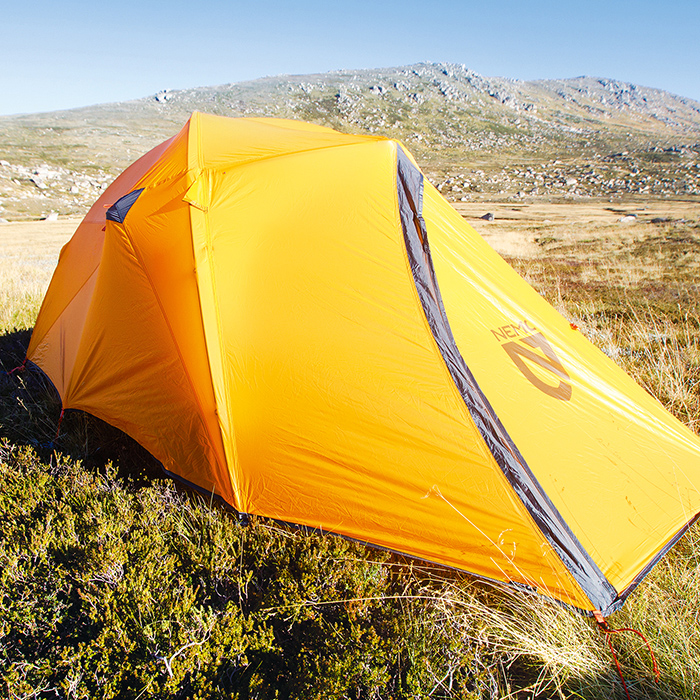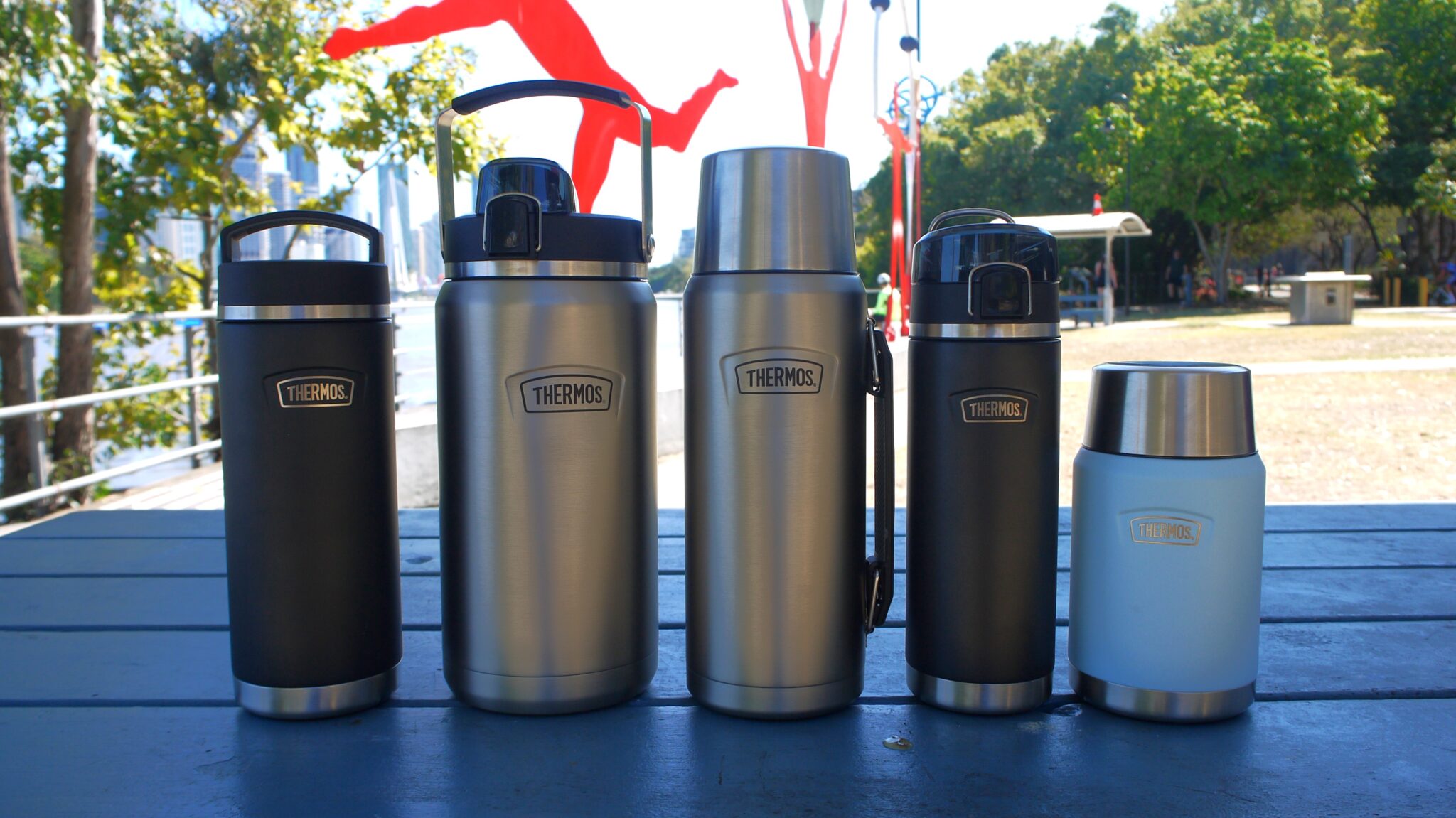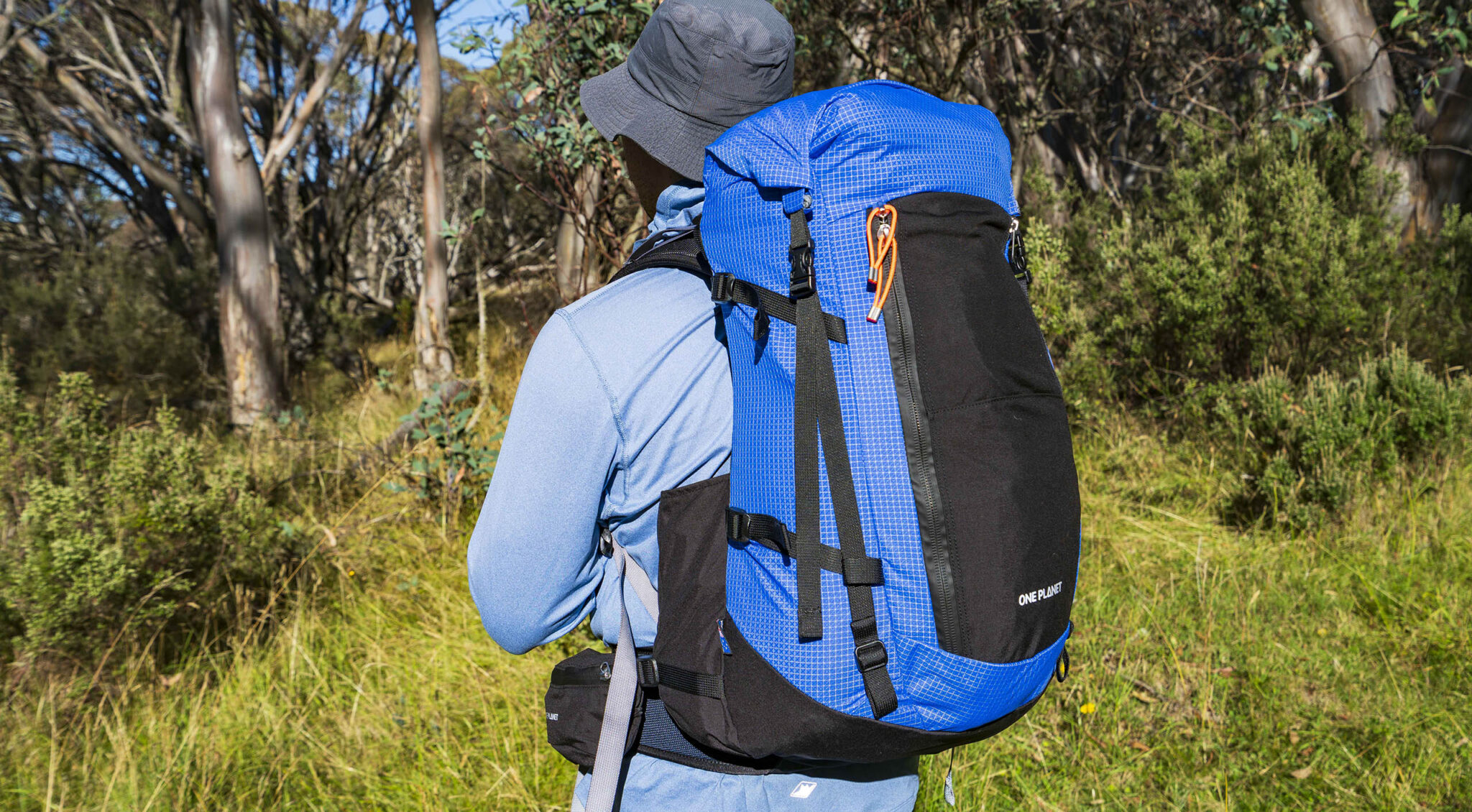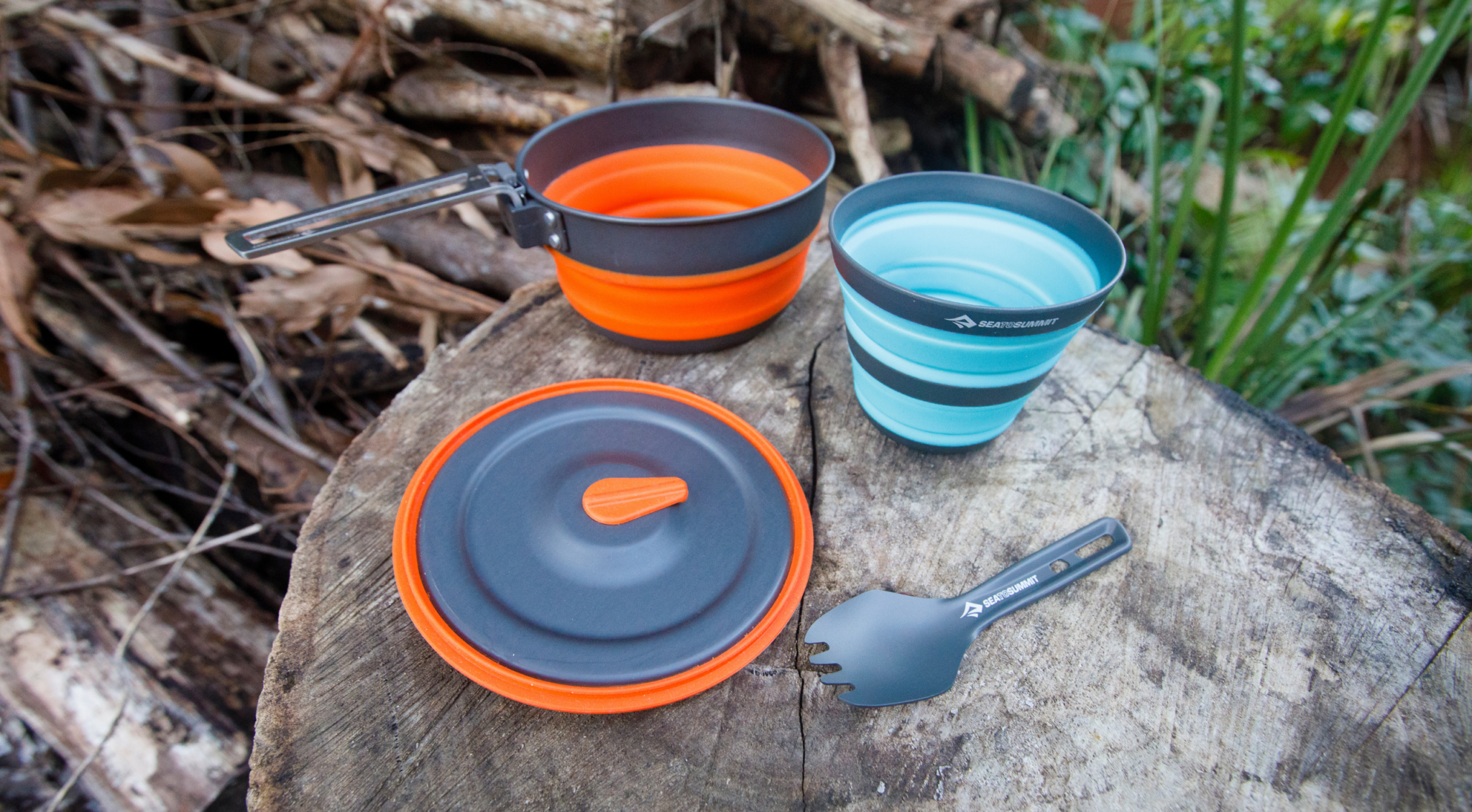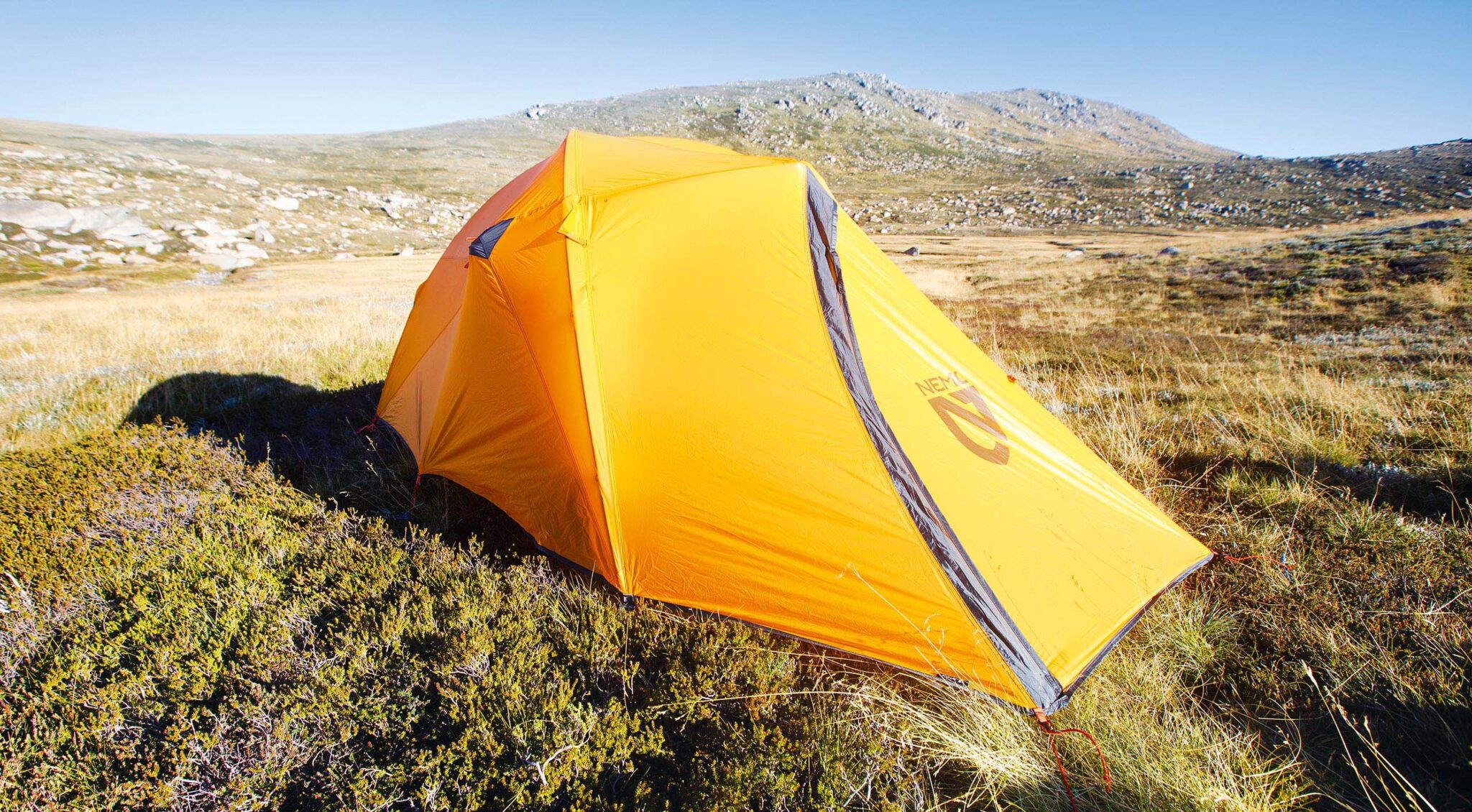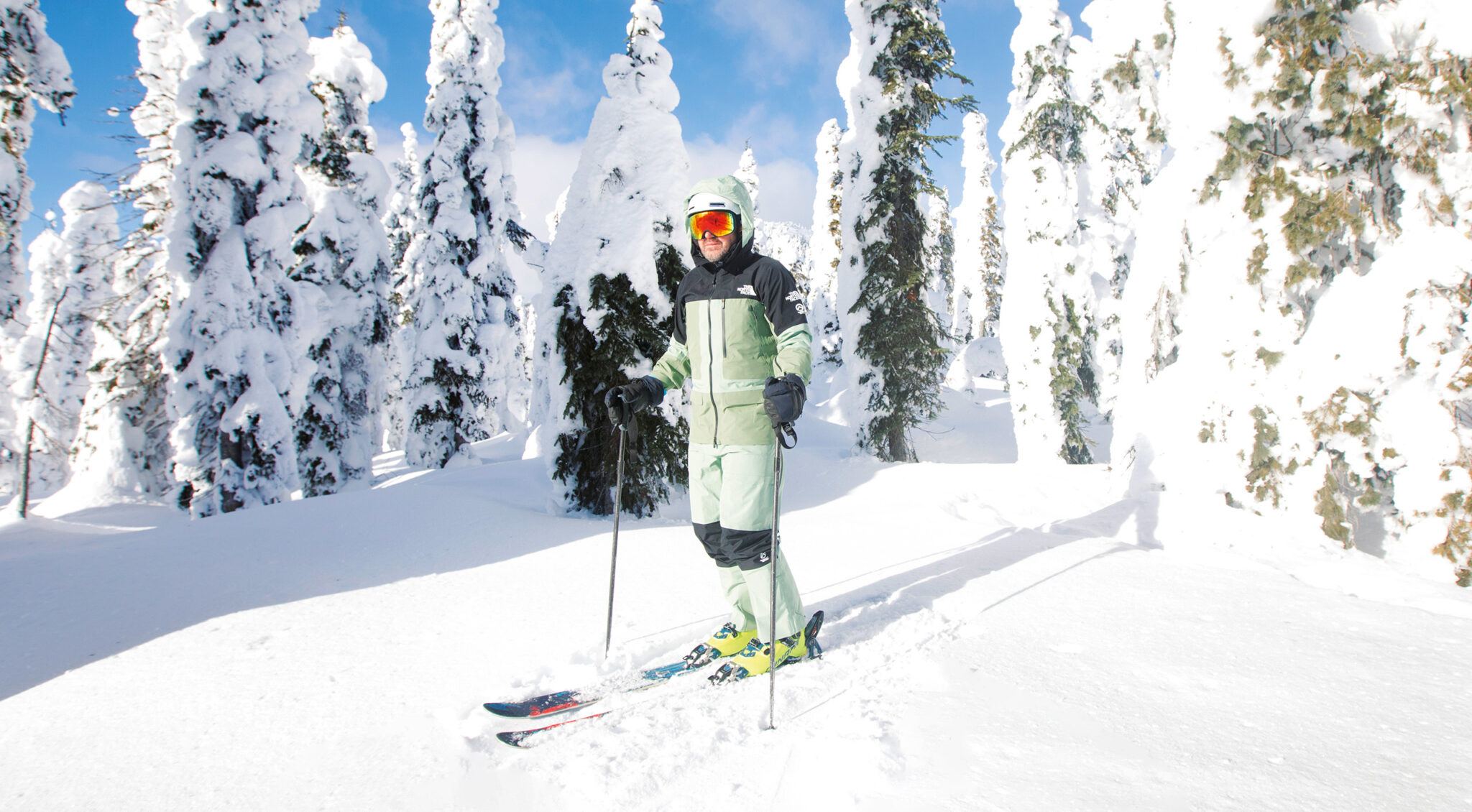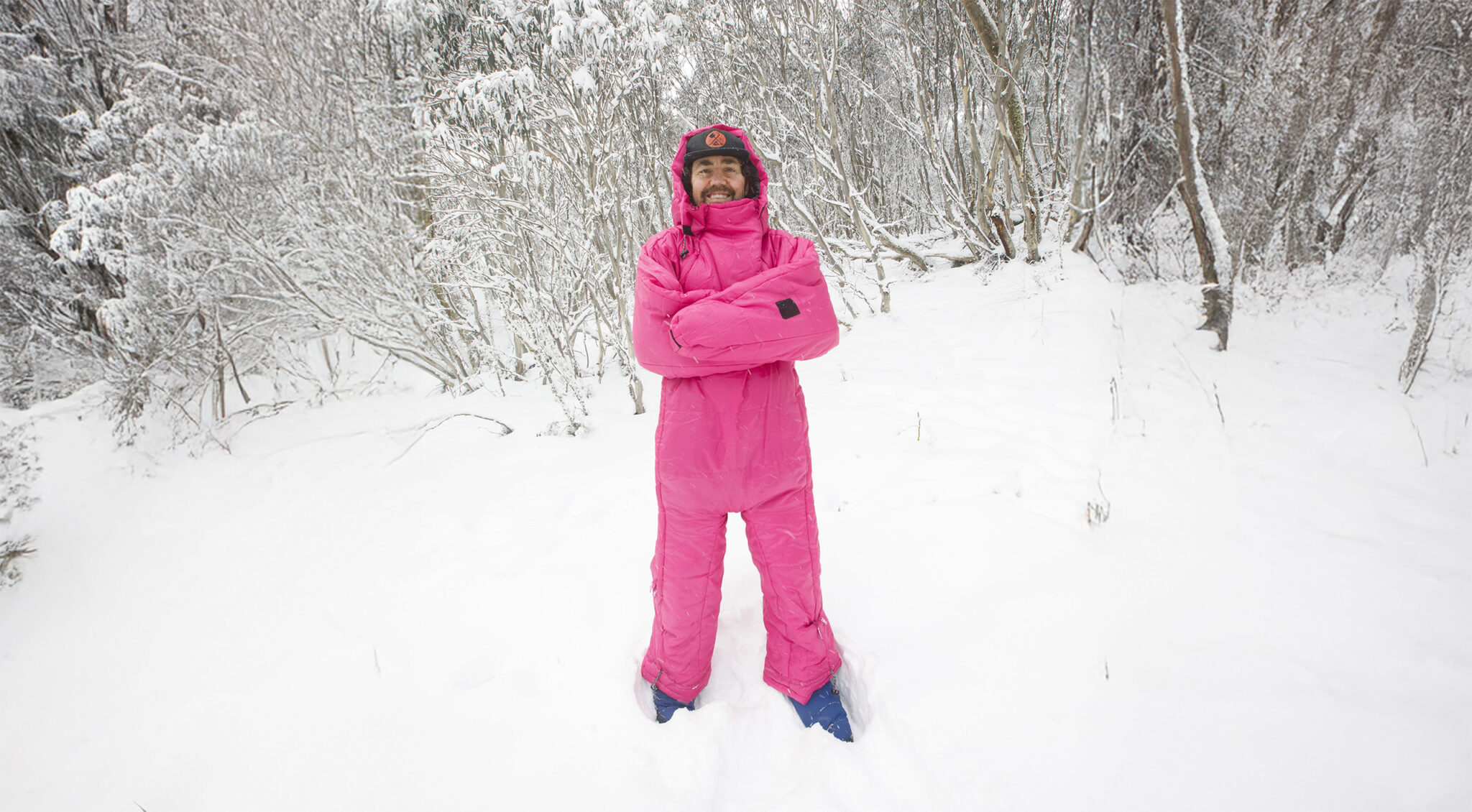Camping in the snow in winter is awesome. It can, however, be brutal on tents: The winds may be blasting; the snow may be heavy. The strain of either can break poles or rip the tent fabric (yes, I’ve personally seen both wind and snow result in both these outcomes). In short, you need shelter that is snow-shedding, wind-shedding, and not too drafty. The problem is that four-season tents come with (usually) a hefty weight penalty. For winter alpine conditions, lugging around that extra weight is often justified. But what about other times? Is it overkill then? What if you’re heading off on a trip where snowfall is possible but uncertain? (It was one of these times that a heavy, unexpected snowfall resulted in one of my tent poles snapping.) Or perhaps you’re merely thinking about venturing into the wonderful world of winter snow camping, and not even now; perhaps it’s just something you’d like to explore in the future. If so, is your noodly, breezy, two-season tent robust enough? But given you don’t know how often you’re likely to head off into the winter, do you really need something that’s four-season specific?
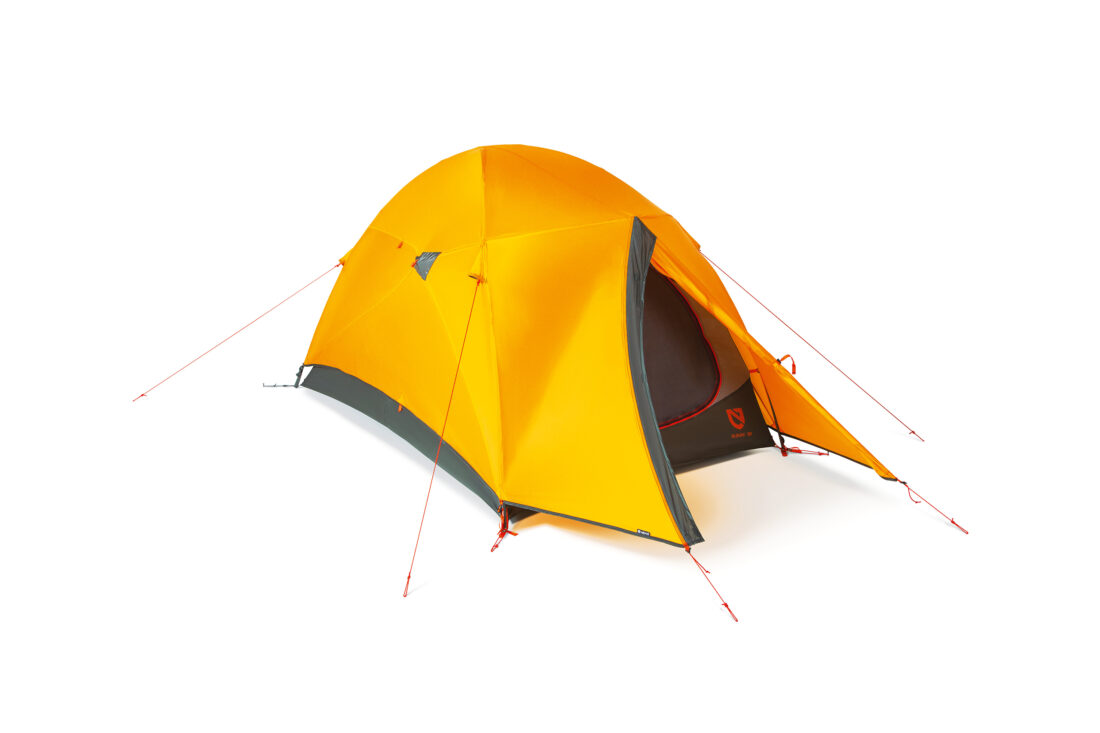
While there are no hard and fast answers for anyone even considering these questions—there are too many variables when it comes to conditions and/or expectations—Nemo’s 3-4 Season Kunai Tents (there’s a 3P version as well) make excellent, versatile solutions. Both are light enough for use outside of winter; robust enough for use in it as well. At just 1875g (including the stuff sack and included pegs, but not including the footprint) for the 2P, there are plenty of two-season tents heavier than this. Meanwhile, the tent’s shape (it’s “aggressively tapered,” says Nemo) is designed for maximum wind- and snow-shedding, and DAC poles provide strength for testing winter conditions. The ability to deal with wind is particularly important, because in Australia, while huge dumps of snow are rare, strong wind events are not. In fact, especially out on Kosciuszko’s Main Range, they are downright common. Speaking of wind, the Kunai’s outer fly is actually sailcloth (the salient point being that sailcloth is made specifically with wind-strength in mind). Also, when it comes to dealing with strong winds, the Kunai has plenty of guy-out points for stability in adverse conditions. That said, this leads to one complaint, because what the tent does not come with is enough tent pegs to utilise those guy-out points. Nemo’s lightweight tri-beam pegs are really nice—strong and light. I just wish a few more of them came standard with the tent. One last point concerning wind: There’s a high-sided ‘bathtub’ floor, designed to keep cold drafts and blowing snow out.
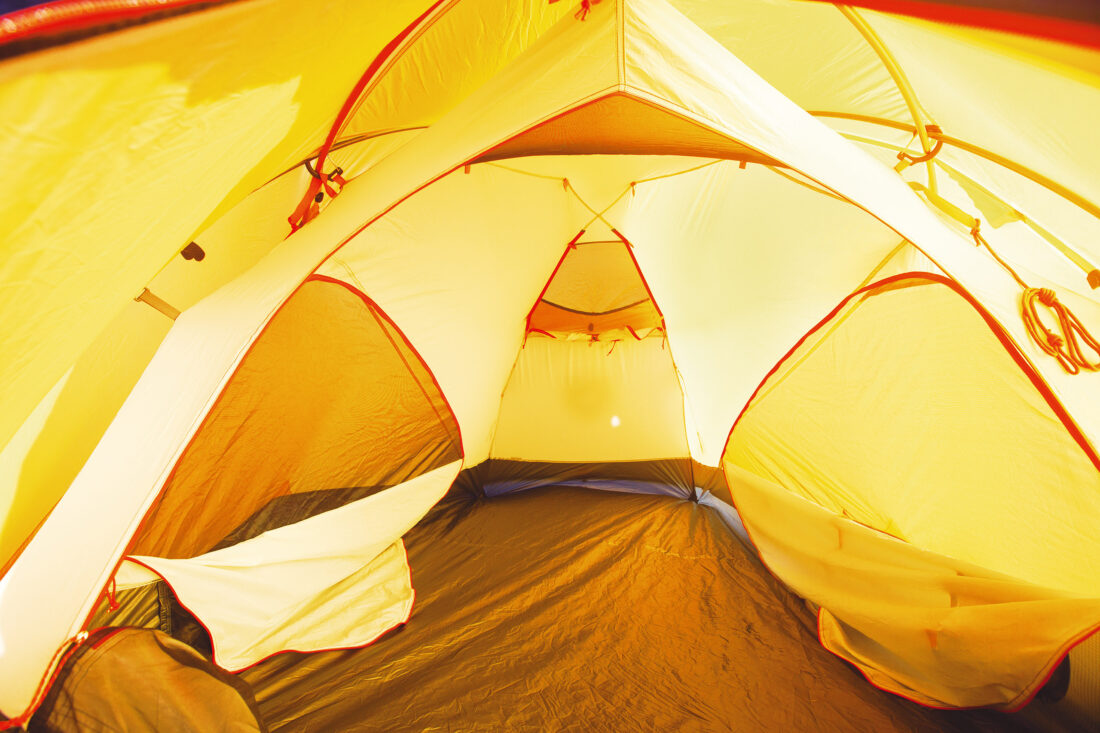
Now, having earlier spoken of winter conditions, I’m going to be upfront here; I haven’t had the chance yet to test the tent in snow. I have, however, taken it down to Kosciuszko NP for some above-treeline camping that I knew could be subject to fierce wind. It was the type of trip I didn’t want to chance a flimsy two-season tent. It’s also the type of trip that’s perfect for the Kunai, one where you don’t quite know what you’re going to get.
There’s no doubt, with a floor space of 2.4m², the Kunai 2P is not a large tent; not many four-season tents are. But the Kunai’s high prow increases living space, and helps create more room for cooking and/or removing gear near the entrance. Personally, I didn’t find the Nemo Kunai too squeezy—I’ve definitely encountered smaller 2P tents—but I recognise some people, especially bushwalkers who may not have spent much time in compact four-season tents, may appreciate more space. The trade-off, of course, is that if that’s you, you’ll also be carrying more weight, and remember, four-season tents ain’t light. It’s also worthwhile knowing that the vestibule is just 0.7m². Be aware that if you’re snow camping, you’ll be able to dig down to create more vestibule volume.
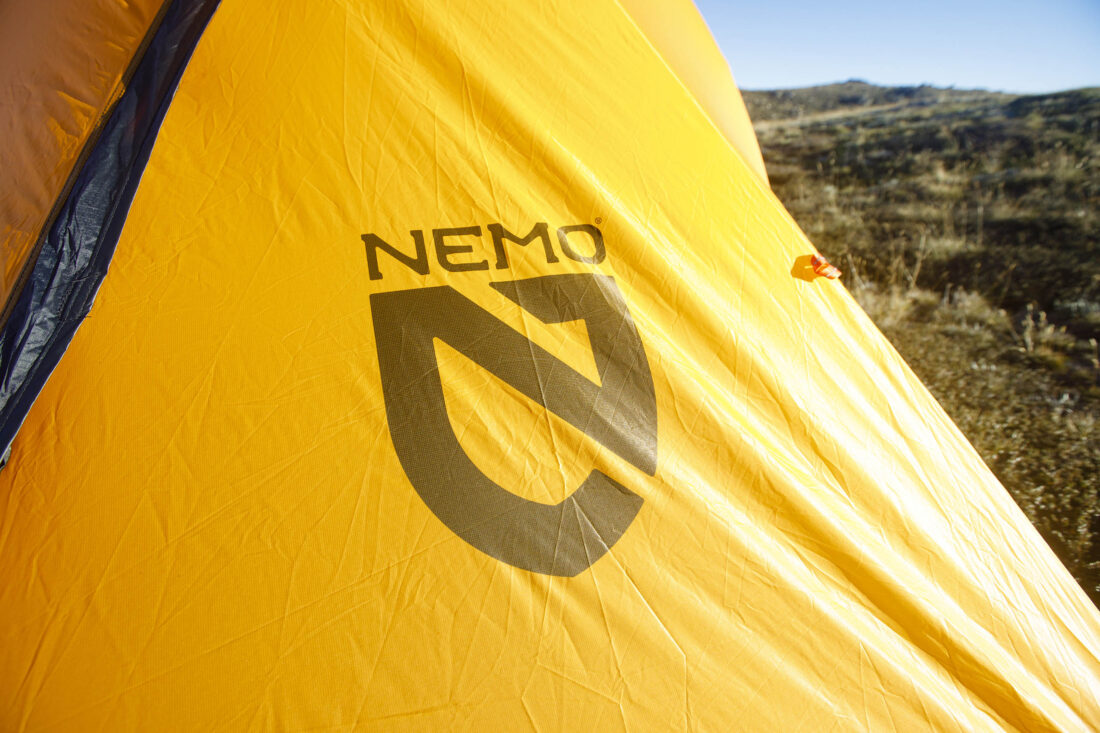
A few other random things. The mesh interior helps in warmer weather; I’m yet to experience condensation inside the tent. There’s a neat overhead light diffuser that illuminates the whole tent. The footprint adds 225g (including the mesh bag). Lastly, the stuff sack is particularly interesting: Not only does it have a cool glow-in-the-dark star-constellation map attached, it is also what Nemo calls a Divvy dual-stage stuff sack—basically a sack with a cord so you can cinch it in half if you split the tent and fly between you and a hiking/skiing partner.
To wrap up, the Nemo Kunai is impressively versatile, a do-it-all shelter suitable for both summer heat and winter snows. For many adventurers, that’s the perfect combo.
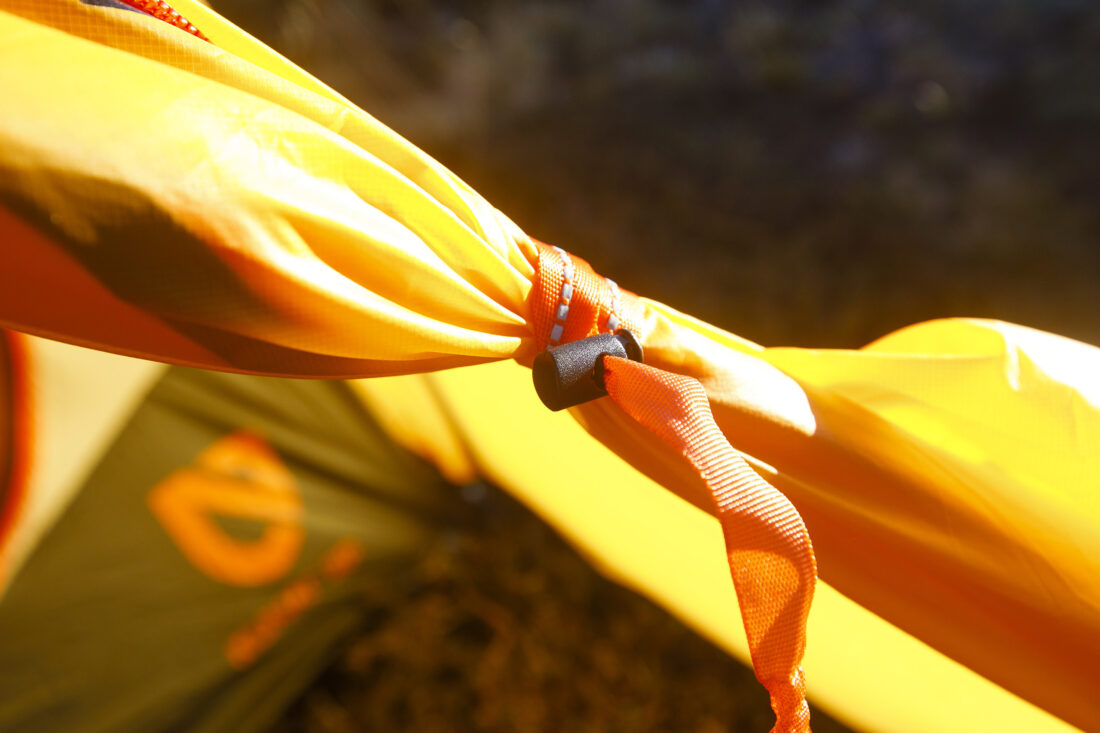
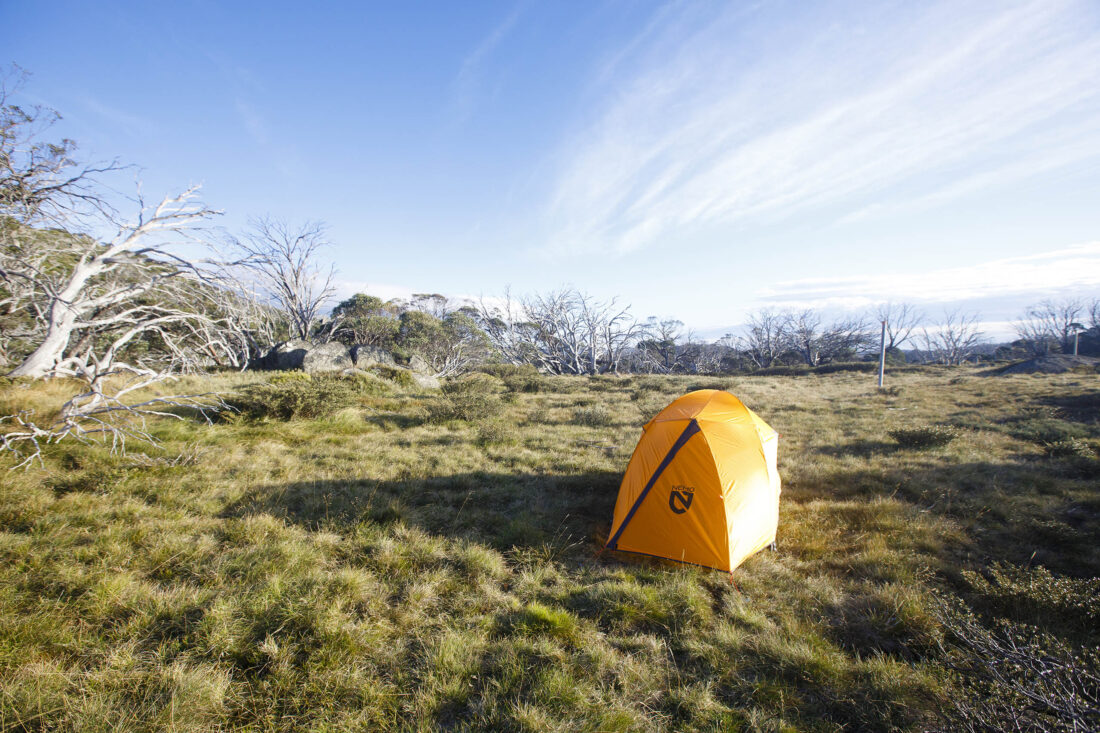
NEED TO KNOW:
INTENDED USE: Three/four season camping
FREE STANDING: Yes
FLOOR SPACE: 2.4m²
VESTIBULE SPACE: 0.7m²
WEIGHT (AS TESTED): 1785g
PEAK HEIGHT: 111cm
RRP: $1,099.95
MORE INFO: nemoequipment.com
If you liked this piece, you should subscribe to the print mag. Only a fraction of the great stories we run in the mag make it to our website; if you want to read them, head to subscribe.wild.com.au.

